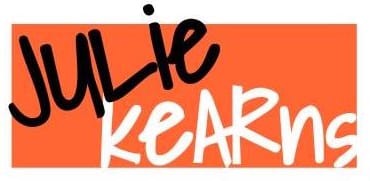Yes, And Press
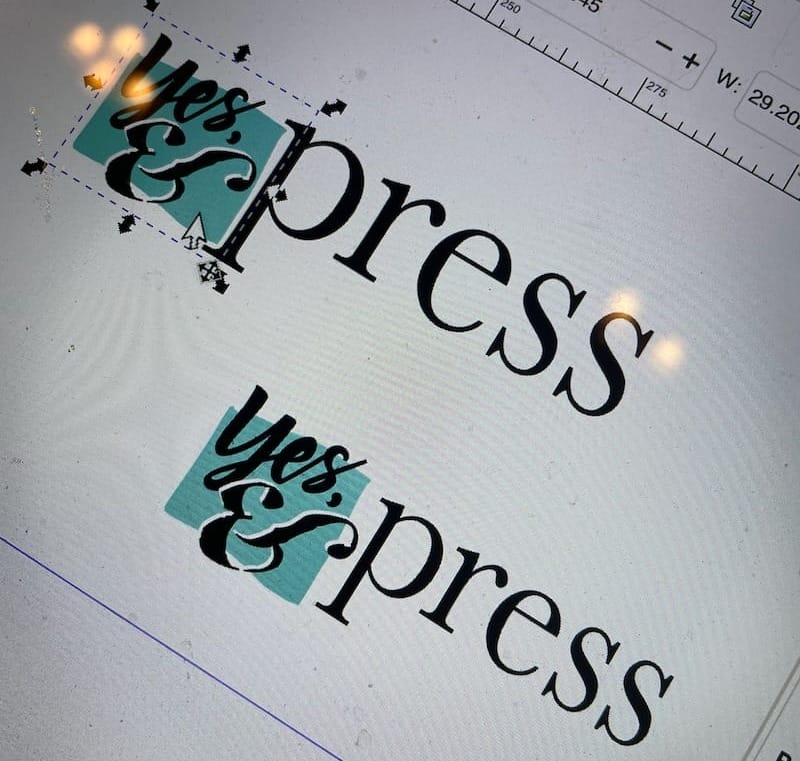
Overview: A replication-ready packaged system designed to model and support strategic and creative materials reuse in corporate and professional settings. Cooperatively owned & operated (or franchised community model) retail & services facility established to support and develop a community-centered ecosystem for post-consumer printing and product. Could have a co-working component and/or offer small scale, boutique 3PL services featuring 100% reuse.
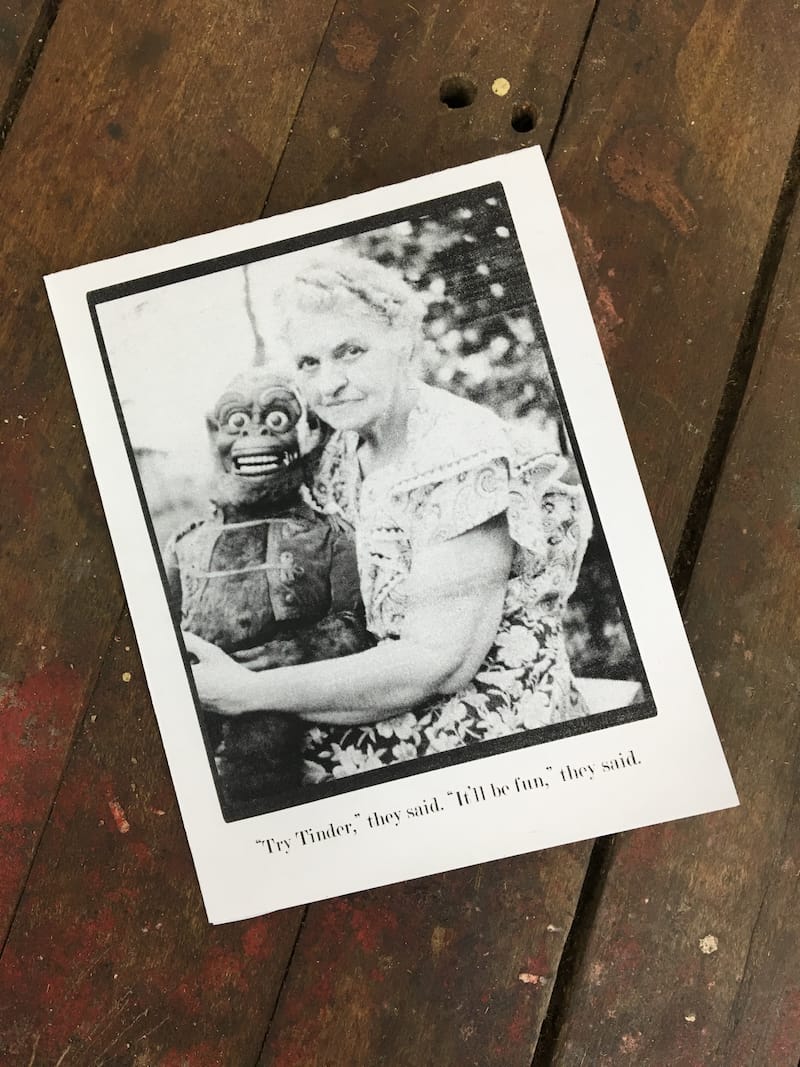
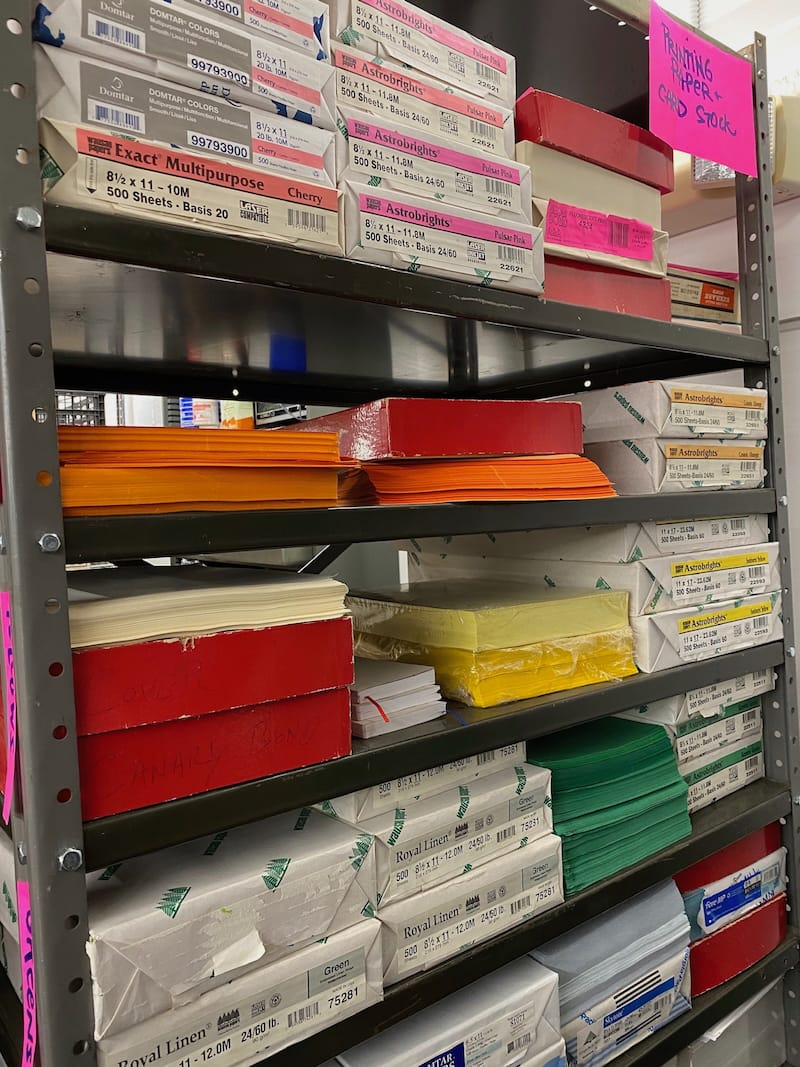
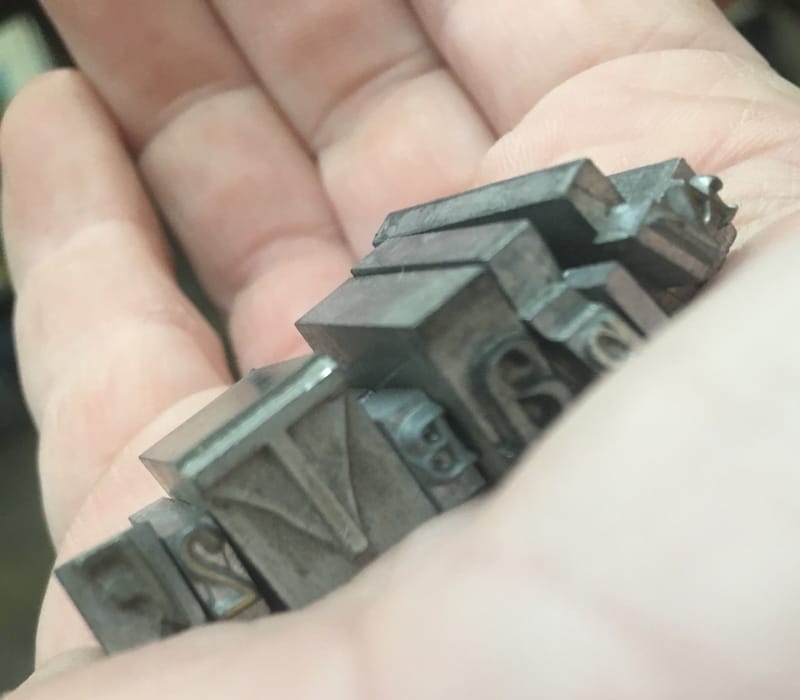
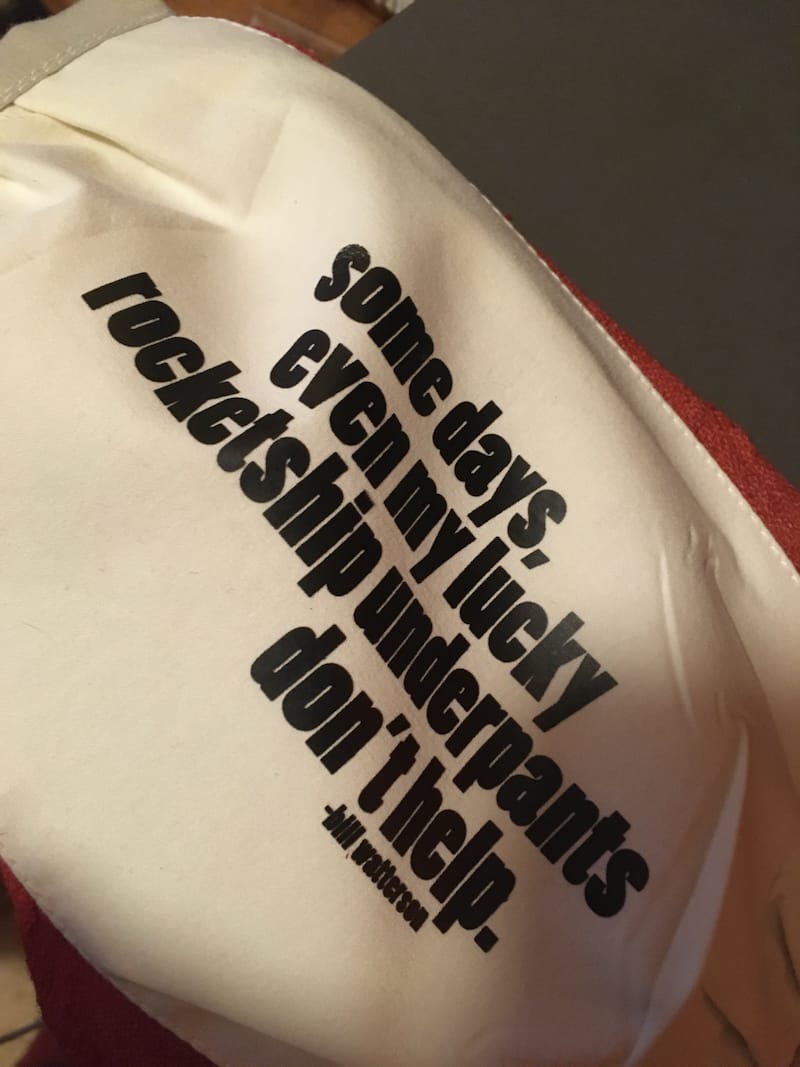
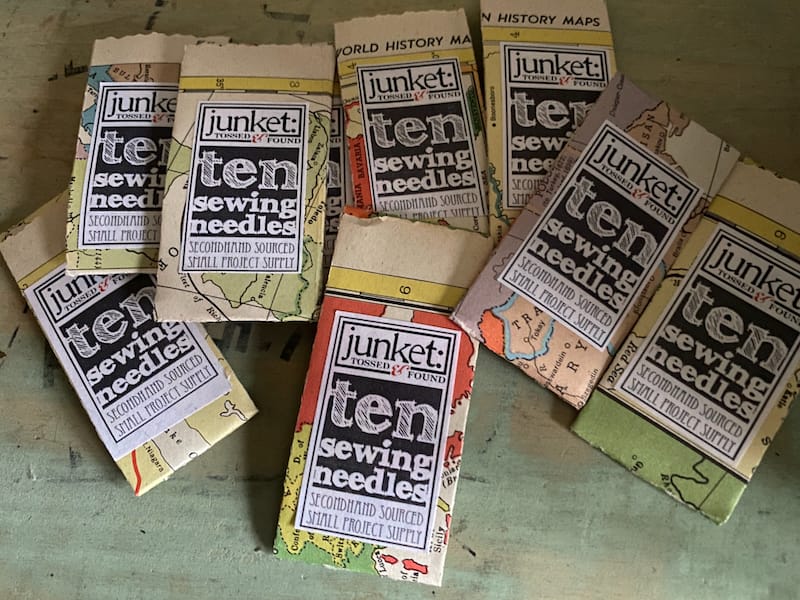
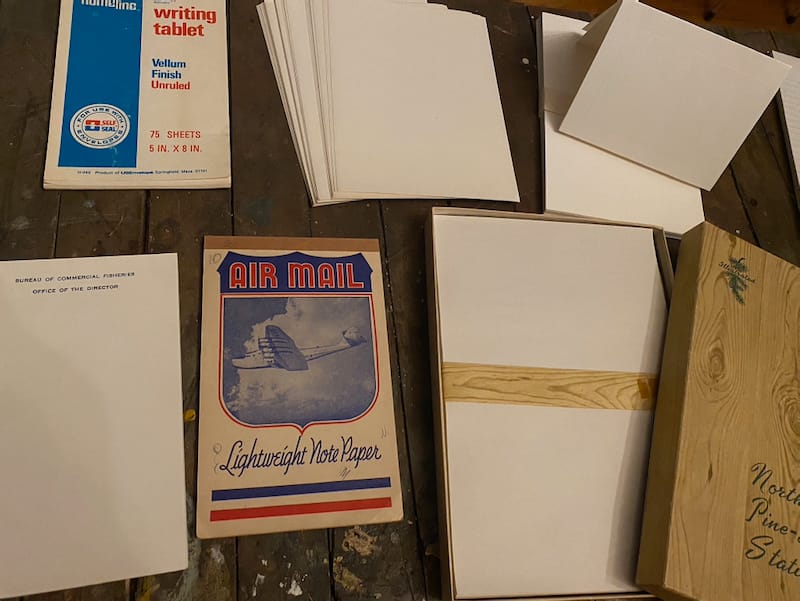
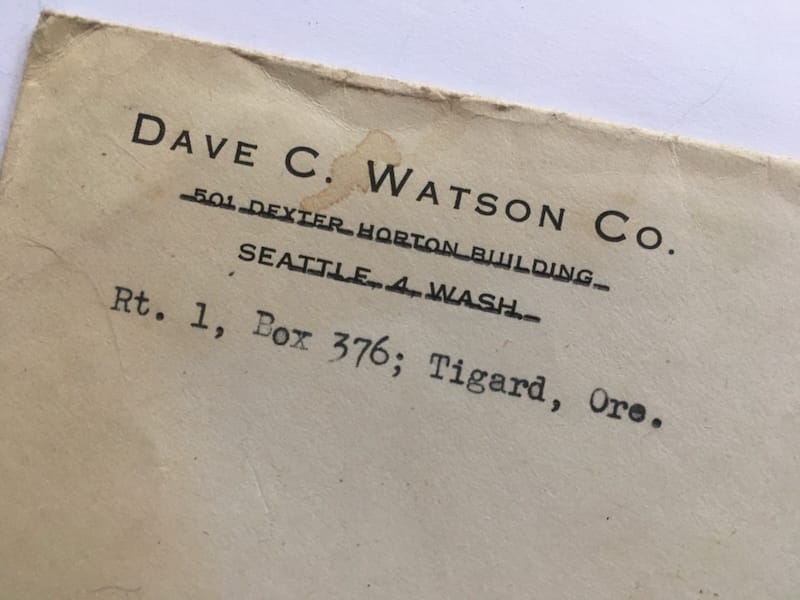
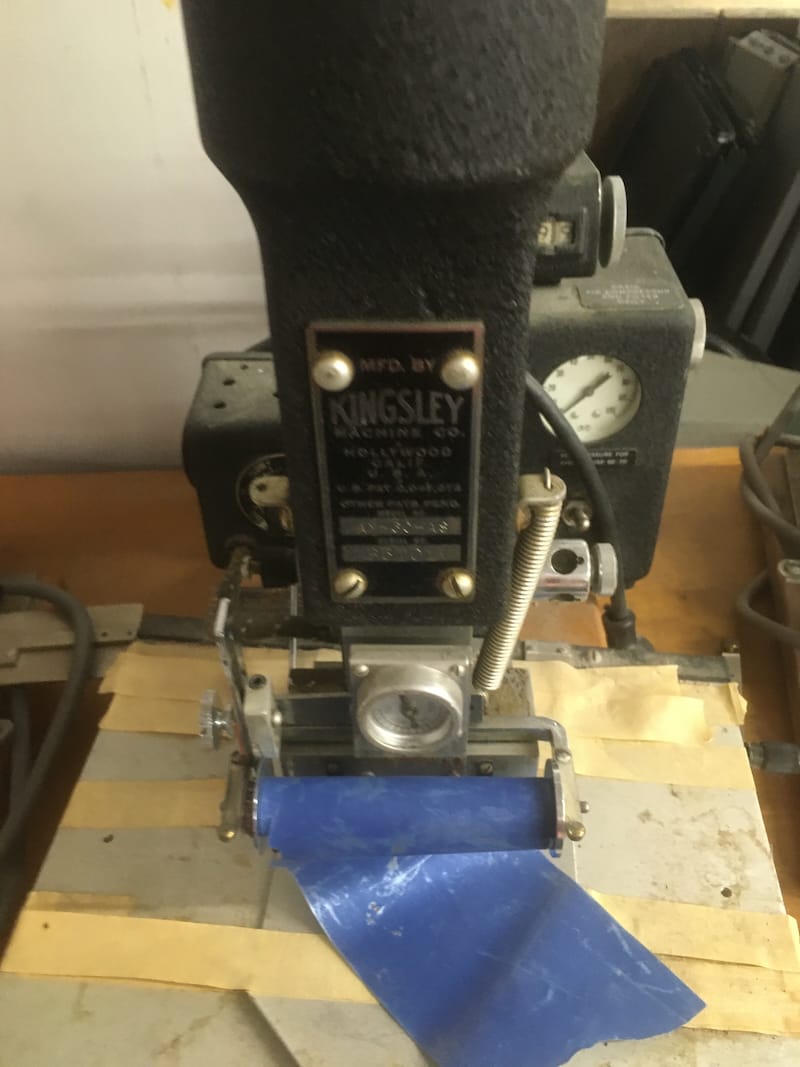
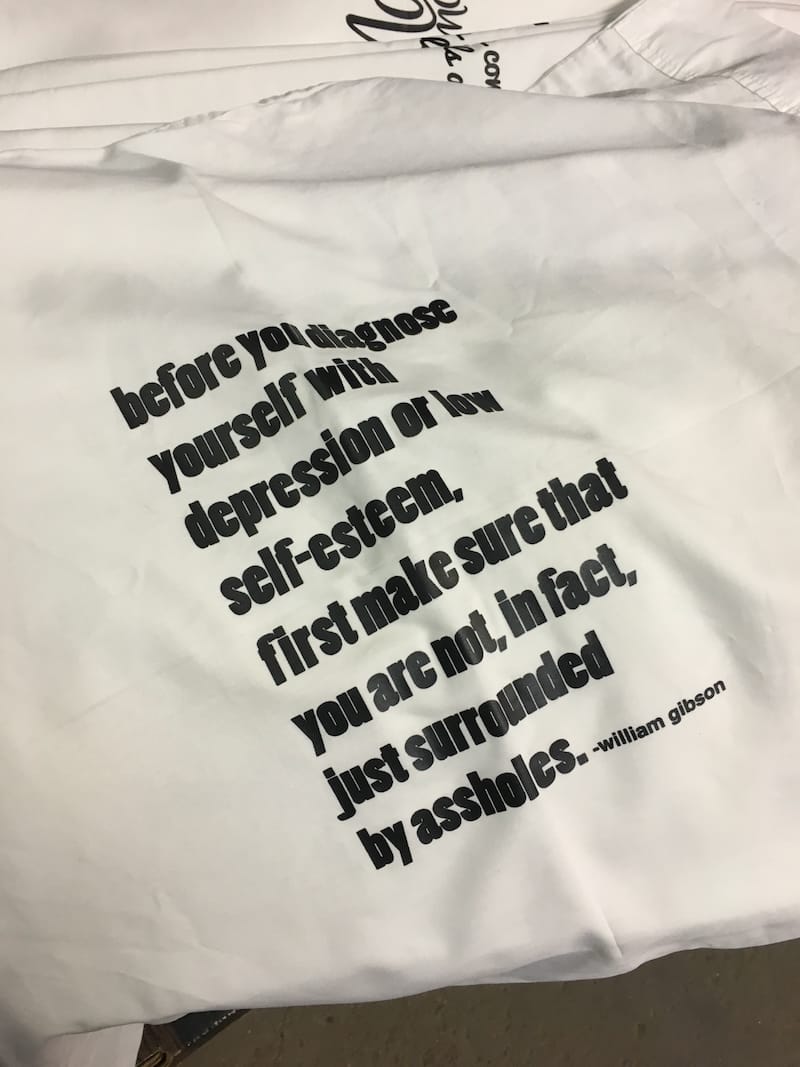
Participants: Graphic, packaging, and product designers, social entrepreneurs, makers and artists, print practitioners, production artists, corporate innovators/intrapreneurs, students & interns.
Customer Profiles:
Jeff (38) is a graphic designer with a strong consumer product and packaging portfolio. He wishes there were options for his corporate clients that got them closer to their CSR goals – he knows he'd pick up more business, and it might be fun to expand his creative practice to print-on-print and/or handstamp processes if they were open to small batch and/or creative branding strategies that leaned into actual existing materials rather than just making things look vintage.
While his clients want sustainable solutions, he's not sure they really understand it (does he, even?). His options seem limited: recycled paper stock is pretty much it for high-production runs, and smaller clients wouldn't likely spring for the billable hours - or the variation in materiality - that would be necessary to track down secondhand or vintage materials... it's a conundrum that has only become more glaring over his time in the business, and he's increasingly uncomfortable with his professional impact: the rapid churn of single use print promotion and packaging materials drives deforestation and water use at scales that he tries not to think about as he rides his bike home from the office.
He and his girlfriend, Elise (34) have been getting more serious, and the idea of adding even one child to an overburdened planet is one that gives them both pause... what would a child born at the end of the 2020s experience in their lifetimes? Would that be a responsible or kind choice given how bleak things are looking at times? Who knew this kind of existential angst would be so vivid?
His professional contributions are the heavy thumb on his own environmental footprint: even without it, no diet or showering strategy will bring him into alignment with his personal allotment of the planet's resources – and he's not in a position to just pivot or stop getting paid by the corporate coffers - easier to dissociate, and distract himself with a cocktail once he gets home.
Jaden, 19, is a second year design student at MCAD, waffling a bit between product and VR for a focus area (maybe both?). They are all too aware that their generation has a heavy lift ahead, and they've chosen to pursue design as a means of influencing sustainability in mass market products and services. Idealistic? Maybe – but they're inspired by their classmates' creative problem-solving capacities, and what else is there but determination and hope-punk in this moment?
When they see a design competition for hard-to-recycle post-consumer materials with parameters that actually give credit for functional outputs, their interest is piqued. The company hosting the competition has paid internships and even offers a pathway to worker-ownership. Jaden scans the QR code and then shares the link with classmates they know would also be interested (maybe they could collab or compete - fun, either way).
System Description:
Yes, And Press is a brick & mortar retail and services workshop for printable and printed product, materials, and supplies, all sourced and/or created via the post-consumer material flow. The venue offers ethical small business services, and functions as a product and services hub within a broader reuse ecosystem. Waste diversion and emissions (CO2-e) data is mapped clearly to product SKUs, explained in marketing materials, and reported on an incremental and tallied sales basis.
Leaning into post-consumer product as a creative design constraint, the press is an experimental and functional small batch facility for design, production, and sale of branded packaging, marketing materials, and printed products. The venue is cooperatively owned and operated (exact org structure tbd), and provides supportive operating services to creatives & entrepreneurs seeking to operate in decisive alignment with the planet's resource constraints.
Classes centered around reuse design theory/practice introduce new and mid-career product & packaging designers alike to post-consumer products, sourcing strategies, SDG benefits, and the CSR opportunities that post-consumer approaches bring to existing clients still producing content via conventional material streams.
This system supports a referral network of graphic designers and producers working in post-consumer product, and facilities willing to pass the recycling/downcycling phase and bring post-consumer materials & supplies directly into production.
R&D at Yes, & Press is funded, at least in part, by innovation funding from major corporations whose current consumer product manufacturing practices and output volumes remain largely at odds with their own CSR objectives for source reduction, emissions avoidance, and product lifecycle responsibility.
SDG Mapping & future growth opportunities:
This system creates & offers climate-competent, waste-diverting print production & product availability for individuals, small business, and corporate clients, and has been intentionally designed in keeping with the following Sustainable Development Goals:
SDG Mapping: The 2030 Agenda for Sustainable Development, adopted by all United Nations Member States in 2015, provides a shared blueprint for peace and prosperity for people and the planet, now and into the future.
SDG 4: Ensure inclusive and equitable quality education and promote lifelong learning opportunities for all
SDG 9: Build resilient infrastructure, promote inclusive and sustainable industrialization and foster innovation
SDG 12: Ensure sustainable consumption and production patterns
SDG 15: Protect, restore and promote sustainable use of terrestrial ecosystems, sustainably manage forests, combat desertification, and halt and reverse land degradation and halt biodiversity loss
Future Growth Opportunities: Replicate, rinse, and repeat with specific elements that meet specific needs in adopting communities. Explore in-house innovation labs for corporate clients and design schools. Develop market designations/certifications for ethical post-consumer product sourcing (similar to Fair Trade or Organic designations). Reuse has measurable market value – particularly at a time when shoppers are paying exorbitantly for 'eco-friendly' products that don't actually produce the degree of environmental impact that their inflated prices would suggest. Applying CO2-e data to products (and, especially, launching with the lowest-possible CO2-e products to begin with – i.e. post-consumer reuse) is, itself, a market disrupting strategy.
This work represents the intellectual property of Julie Kearns (2010-2024). It may not be copied or shared without express permission. Inquiries may be directed to julie@shopjunket.com
